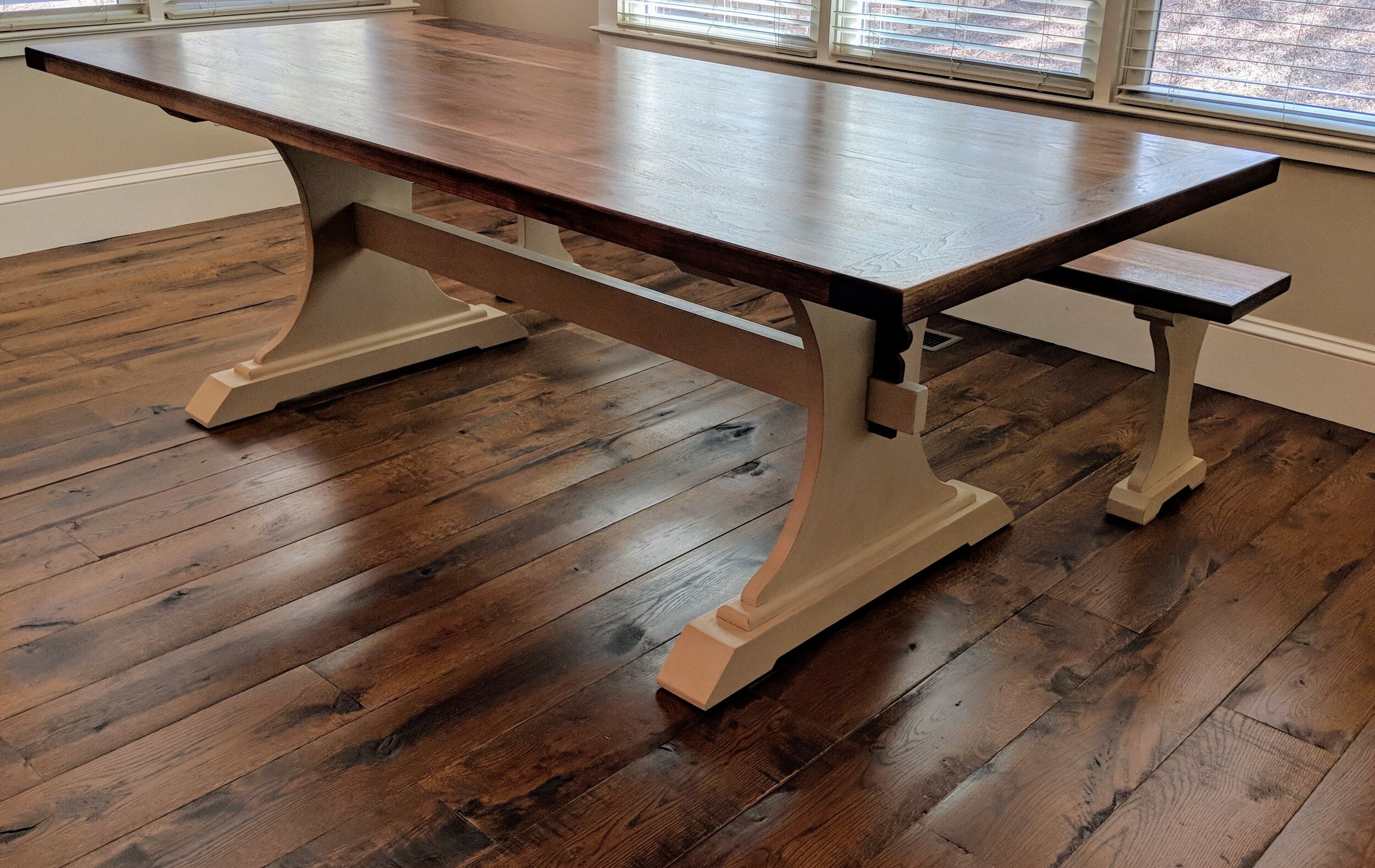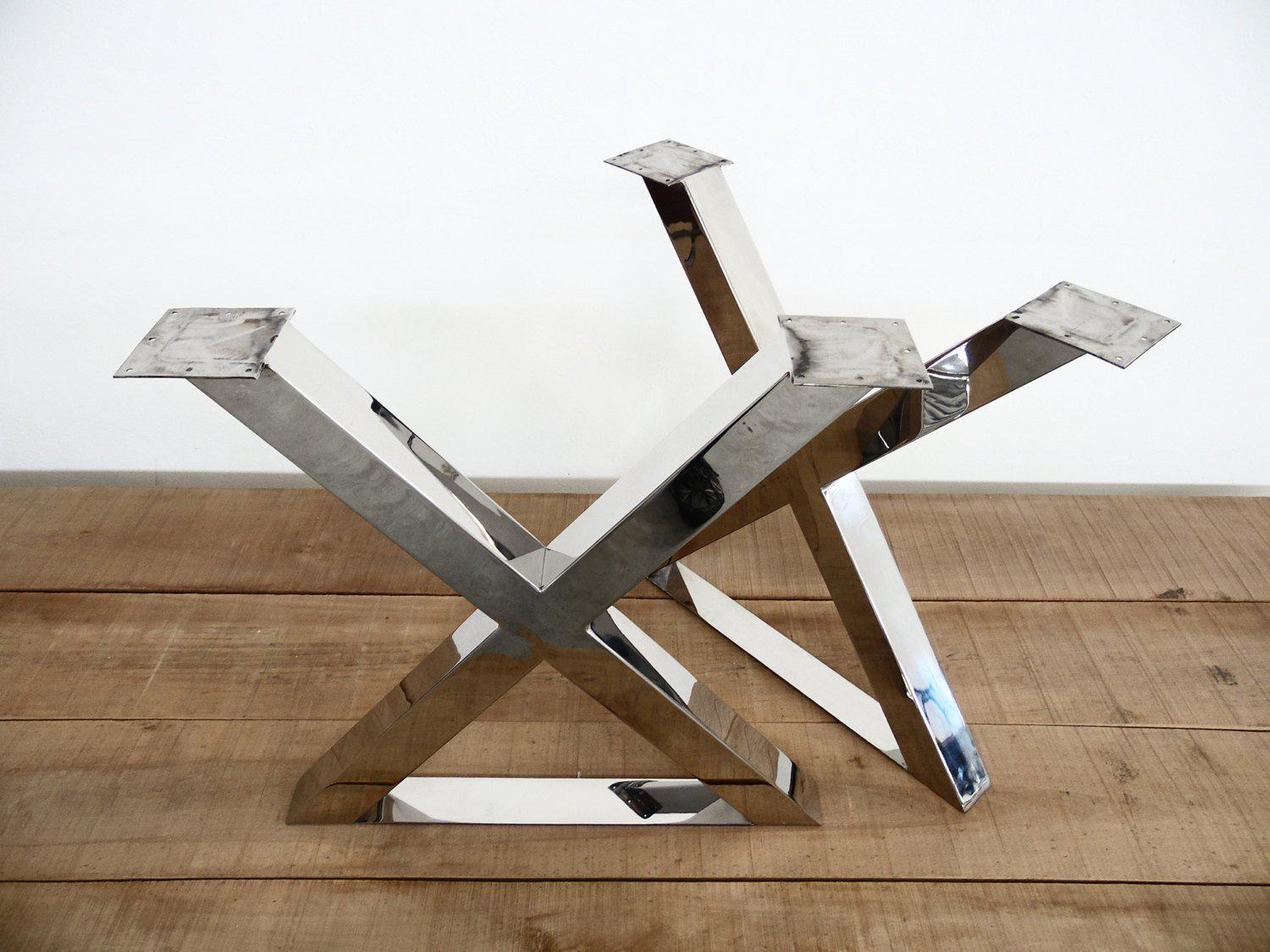Why Dining Room Table Legs Are Crucial for Your Table’s Stability
Why Dining Room Table Legs Are Crucial for Your Table’s Stability
Blog Article
From Typical to Modern: Discover the Ideal Eating Area Table Legs for Your Design
While classic styles such as cabriole and transformed legs stimulate a feeling of classic elegance, modern designs like hairpin and geometric options provide a possibility for striking visual rate of interest. As you take into consideration these aspects, the inquiry remains: how can you effortlessly incorporate these diverse leg styles to produce an unified eating experience?
Comprehending Table Leg Styles
The variety of dining-room table leg styles can dramatically affect both the aesthetic appeals and performance of the area. Each leg design contributes unique useful functions and visual elements, accommodating varied design choices and use demands. Comprehending these styles is critical for picking the ideal table that aligns with your overall interior design vision.
As an example, conical legs use a clean, traditional look that can enhance an area's sophistication, while pedestal bases offer stability and maximize legroom, making them excellent for smaller spaces. Hairpin legs, a characteristic of mid-century modern-day style, introduce an industrial flair, permitting for an airy, open feel. Similarly, trestle legs evoke rustic charm, supplying robust assistance and a sense of timelessness.
Furthermore, the choice of products plays a significant role. Wooden legs can bring warmth and appearance, whereas metal alternatives typically communicate a streamlined, contemporary ambiance. Ultimately, understanding table leg styles is essential for developing a cohesive eating location that reflects personal style while making certain usefulness and convenience. By attentively taking into consideration these aspects, you can improve both the visual and practical allure of your dining space.
Traditional Table Leg Options
When selecting eating area table legs, conventional choices usually personify timeless beauty and workmanship. These layouts mirror a rich heritage and a dedication to top quality, making them perfect for those who value timeless aesthetics.
One of the most renowned conventional leg designs is the cabriole leg, characterized by its graceful curved shape. This design often features attractive carvings and is most commonly located in Queen Anne and Chippendale furniture. One more prominent alternative is the transformed leg, which flaunts a series of smooth, rounded shapes that provide a timeless appearance while maintaining security.
Furthermore, the straight leg, while simple, offers a basic and tough framework that can mix perfectly with a variety of tabletop styles. For those drawn to ornate outlining, claw-and-ball feet legs evoke a feeling of grandeur and can serve as a magnificent prime focus in any type of eating room.
Lastly, pedestal bases, although not strictly legs, supply an alternate traditional option that enables ample legroom and can be wonderfully carved. Each of these traditional leg styles contributes to the overall atmosphere of a dining-room, marrying feature with visual appeal.

Modern Table Leg Designs
Modern table leg styles supply a varied see here now variety of designs that highlight cutting-edge products and clean lines. These layouts typically focus on functionality while functioning as striking prime focus within a dining space. Minimalist appearances prevail, with legs crafted from materials such as steel, glass, and engineered timber, which add to a ventilated and contemporary feeling.
One prominent layout is the barrette leg, defined by its slim, conical framework that supplies security without frustrating the tabletop (dining room table legs). This design is frequently found in mid-century modern-day furnishings and can effortlessly enhance numerous table forms. Another fad is the use of geometric forms, where legs might tackle asymmetrical or angular forms, adding visual rate of interest and a touch of creativity

Blending Styles for Special Areas
Typically, home owners seek to produce unique eating areas that show their individual design by mixing numerous layout components. This approach enables the unification of diverse appearances, resulting in an unified yet unique atmosphere. For circumstances, coupling a rustic wooden table with sleek, contemporary metal legs can develop an attractive comparison that boosts the area's general allure.
Additionally, integrating vintage table legs with modern tabletops can stimulate a feeling of background while preserving a contemporary perceptiveness. Such mixes not only display private preference however likewise encourage creative thinking, allowing homeowners to curate an area that feels both individual and welcoming.
Color plays a crucial role in this mixing procedure; selecting table legs that complement or contrast with the existing color pattern can improve visual passion. Whitewashed legs can soften the boldness of a dark table surface, creating a well balanced aesthetic.
Tips for Picking the Right Legs
Picking the right table legs is necessary for achieving both functionality and aesthetic allure in your dining area. Begin by considering the general design of your room. Standard setups profit from legs that feature detailed makings or turned styles, while modern rooms might require streamlined, minimal designs.
Following, examine the elevation and stability of the legs. dining room table legs. Basic table vary in between 28 to 30 inches in height, so make certain the legs complement this published here measurement for comfort. Furthermore, robust products, such as hardwood or metal, can enhance stability and durability
Assess the leg shape as well-- choices consist of right, tapered, or stand layouts. Straight legs supply a timeless look, while tapered legs can add a touch of sophistication. Pedestal bases give ample legroom and are ideal for smaller spaces.
Conclusion
In recap, selecting the moved here ideal dining room table legs needs cautious consideration of both standard and contemporary styles. By integrating leg style, elevation, and material with the total design, a natural and inviting ambience can be achieved.
The selection of eating area table leg styles can considerably affect both the aesthetics and capability of the room. Eventually, understanding table leg designs is vital for developing a cohesive eating area that mirrors personal style while ensuring functionality and convenience.One of the most iconic typical leg styles is the cabriole leg, defined by its elegant rounded form. Straight legs offer a traditional look, while tapered legs can include a touch of elegance.In summary, picking the suitable eating space table legs needs mindful consideration of both contemporary and typical styles.
Report this page